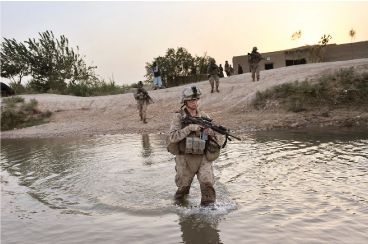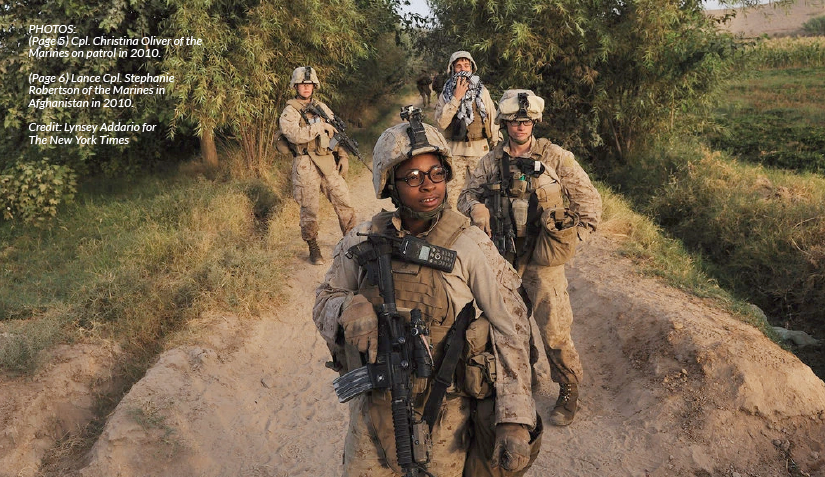An Article by Lishamarie Hunter
Our country has an obligation to provide quality healthcare for those who have served and sacrificed to defend our constitution. In many ways they do this very effectively.
Female veterans were not entitled to Veterans’ benefits until 1981. Women make up a total of 8% of our society’s veteran population. The increase of female presence in our military and serving in multiple areas of conflict, with repeated deployments more women are requiring healthcare through the VA Healthcare system. Their increase presence is creating a demand on the VA Healthcare system to provide services that are limited or not available because of the uniqueness of the female veteran population’s needs.
Roles for women are changing in our society. Women are participating in more and more non-traditional roles both in and out of the military. Jobs and titles within the institutions that were traditionally dominated by males now include females.
Woman are currently in all combat arms roles: armor, artillery, infantry etc. In recent years women have graduated from among the military’s elite service training schools, to include: Ranger school, special forces, and navy seal training. As modern warfare evolves the front lines fluctuate and fighting techniques advance, no person is a noncombatants in theaters of operation.
 Female service members find themselves fighting side by side with their male counterparts serving in every aspect of our military.
Female service members find themselves fighting side by side with their male counterparts serving in every aspect of our military.
The Department of Veterans Affairs to provide quality healthcare has created the Center for Women Veterans to address various issues that are specific to women who have served. They are conducting research into all areas of women’s healthcare. Women’s signs and symptoms are very different than male Veterans when it comes to heart disease, reproductive issues, Traumatic Brain Injury (TBI) and PTSD/MST in women.
The Center of Women Veteran has started a website womenshealth.va.gov that provides information for female veteran on all the research and programs that concern the Women Veteran population. The organization released their findings on the multiple barriers to women obtaining the necessary services they require upon departing from the Military.
In 2010 Congress passed the legislation Caregivers and Veterans Ominbus Heath Services Act (Public Law 111-163). This law requires the VA to examine healthcare barriers to women Veterans utilizing and accessing health care through
Veterans Heath care services.
It identified the nine barriers that impede women from accessing the VA Healthcare system, which are:
- Comprehension of Eligibility Requirement and Scope Services
- Effect of Outreach Specifically Addressing Women’s Health Services
- Access to Care (effects of Driving Distance)
- Location and Hours
- Childcare
- Acceptability of Integrated Care
- Gender Sensitivity
- Mental Health Stigma
- Safety and Comfort
The VA Office Women’s Health Services conducted research to address the nine barriers. They awarded the research to a contractor who conducted a phone survey of over 8,400 female Veterans of all branches of service, and released a report Barriers to Care Study, 25 April 2015. The entire 225 page report that details research findings and solutions are available on the website womenshealth.va.gov
Change takes time. The Department of Veterans Affair has taken the first steps to remove barriers to many women that have served and to future women who continue to enlist and serve honorably in our military. They are developing programs, provide funding, research and implementation of the findings. All for the sole purpose to provide a holistic approach to healthcare for those who deserve to be treated with respect and dignity because of their selfless service to this country.
References
Barriers to Care Study, womenshealth.va.gov retrieved on 16 February 2020
Bumbler, E & Shanker, T, Pentagon is Set to Lift Combat Ban for Women, New York Times, 23 January 2013. Retrieved, 16 February 2020
Read more articles from VOM Magazine here: https://www.veteransoutreachministries.org/vom-magazine/



